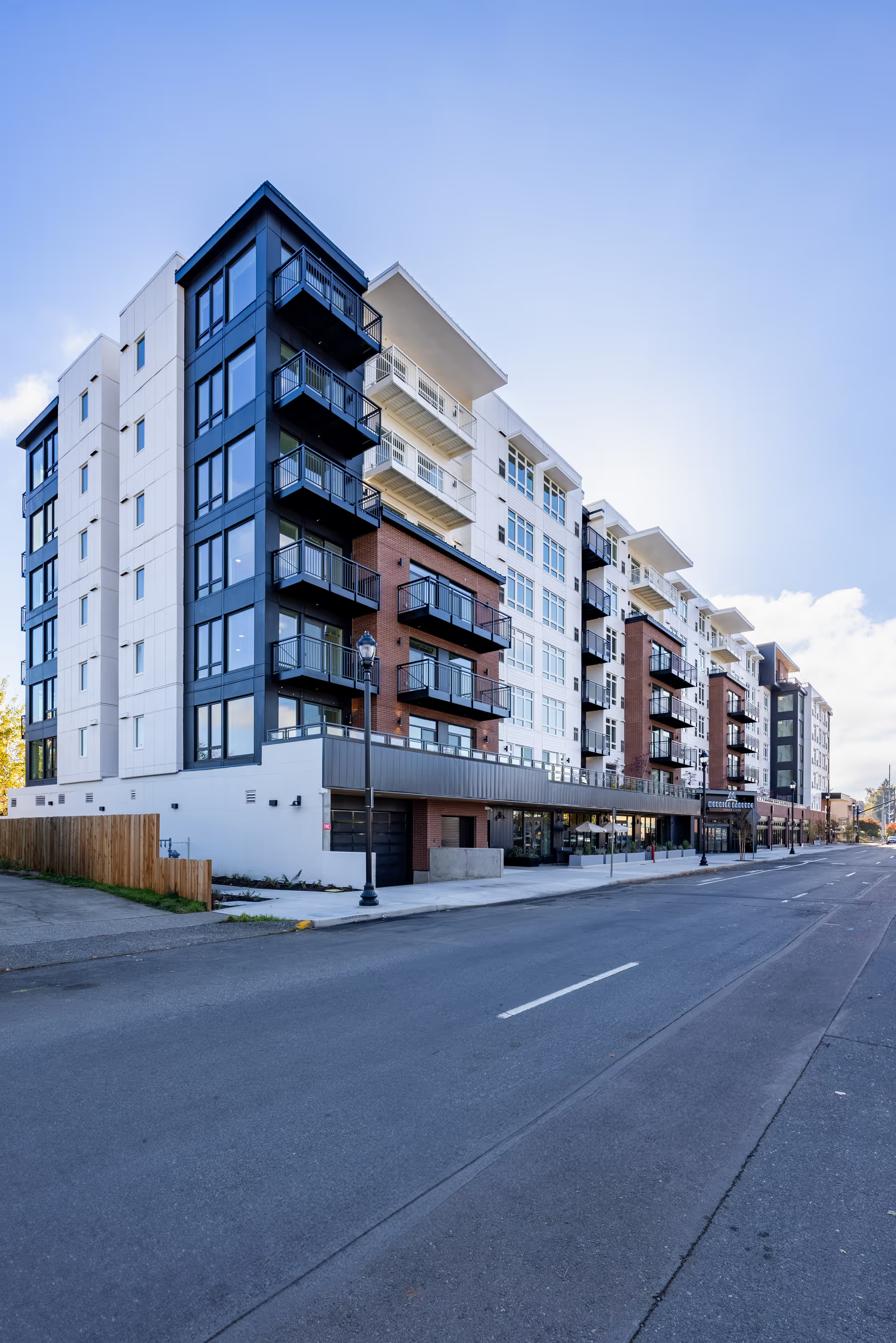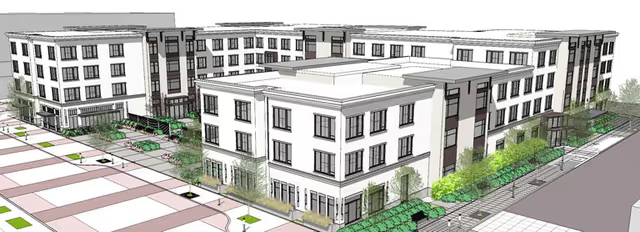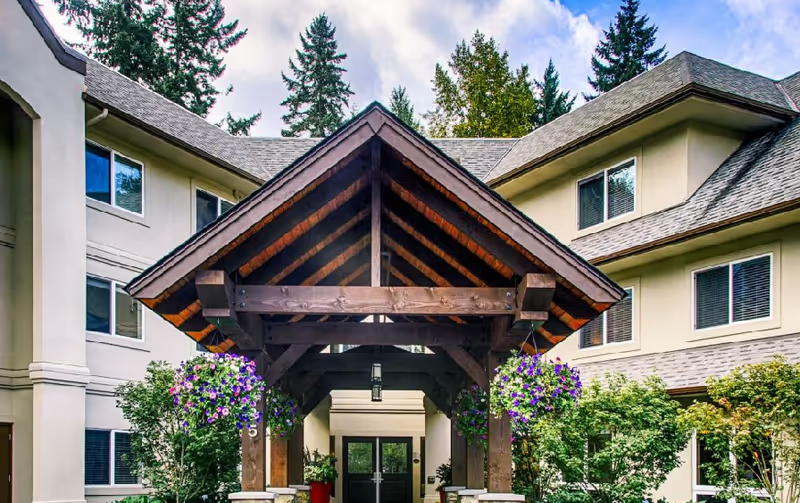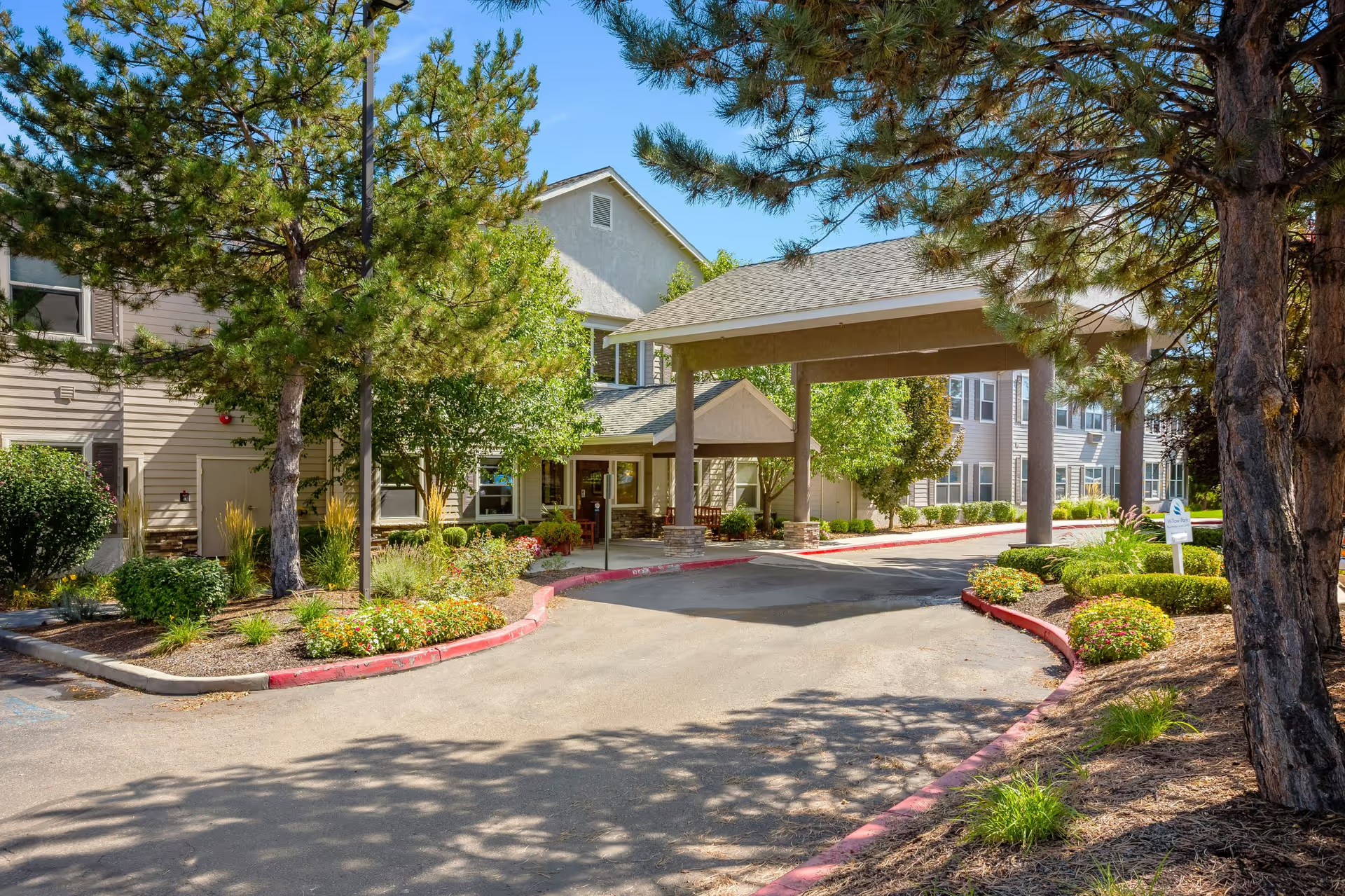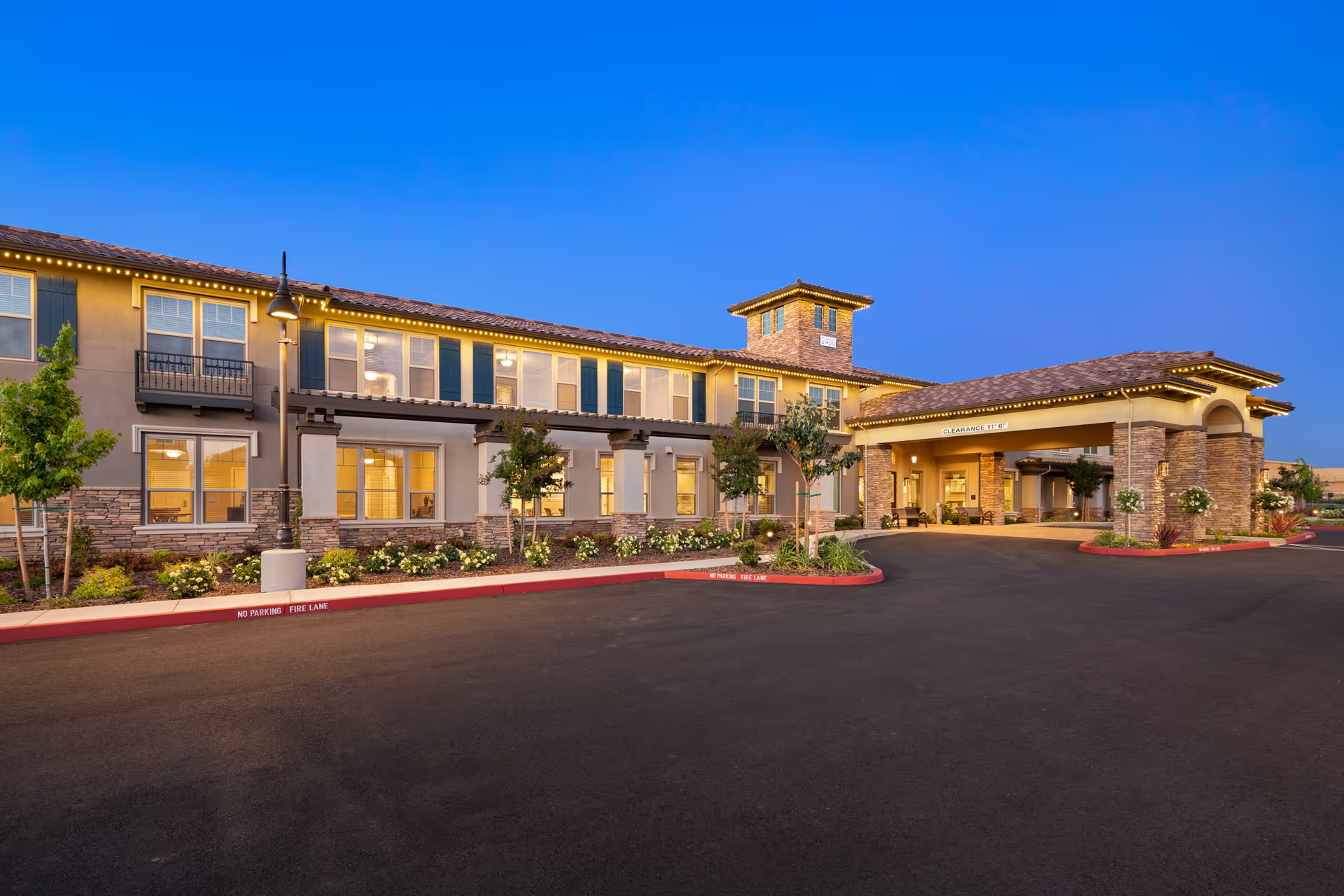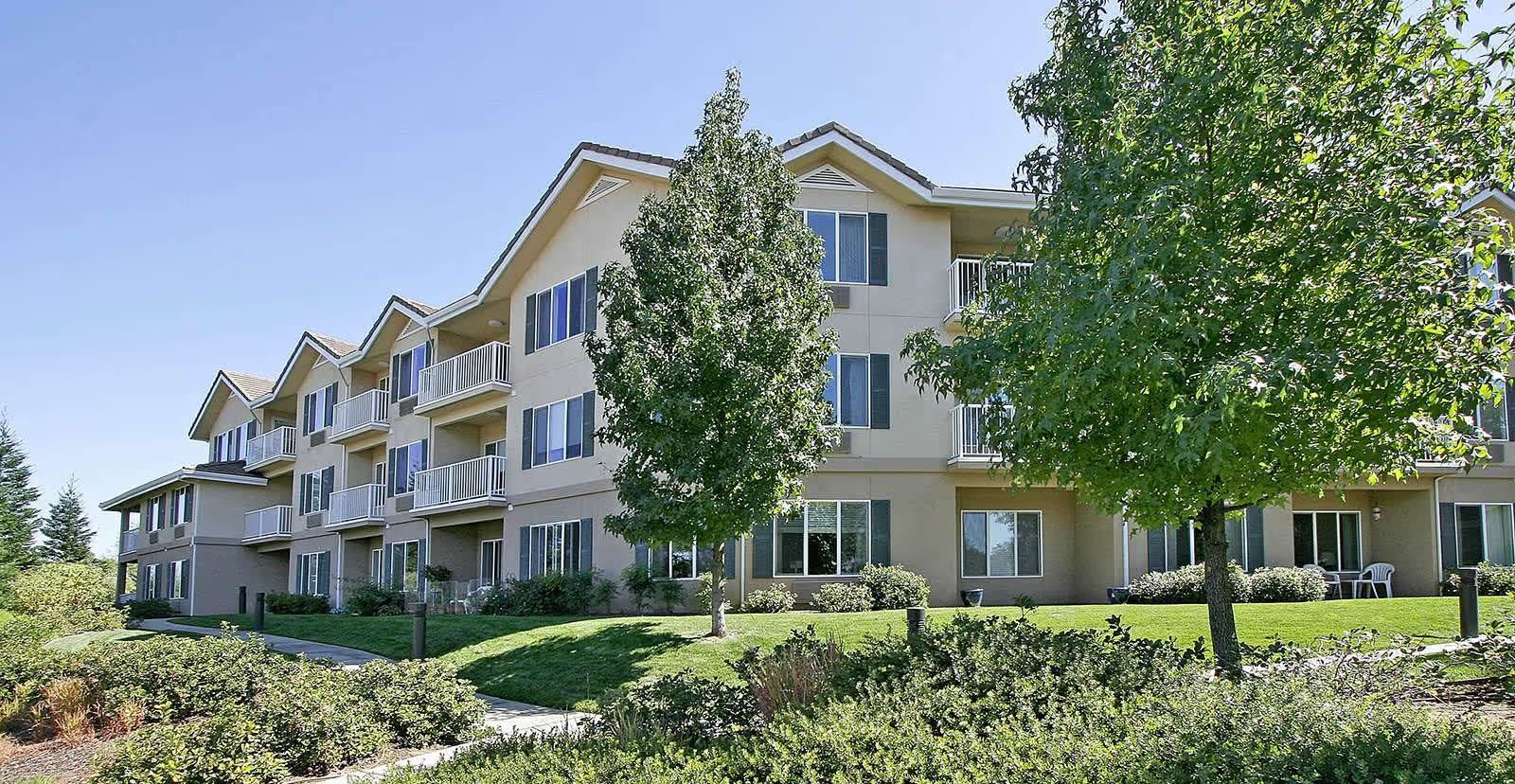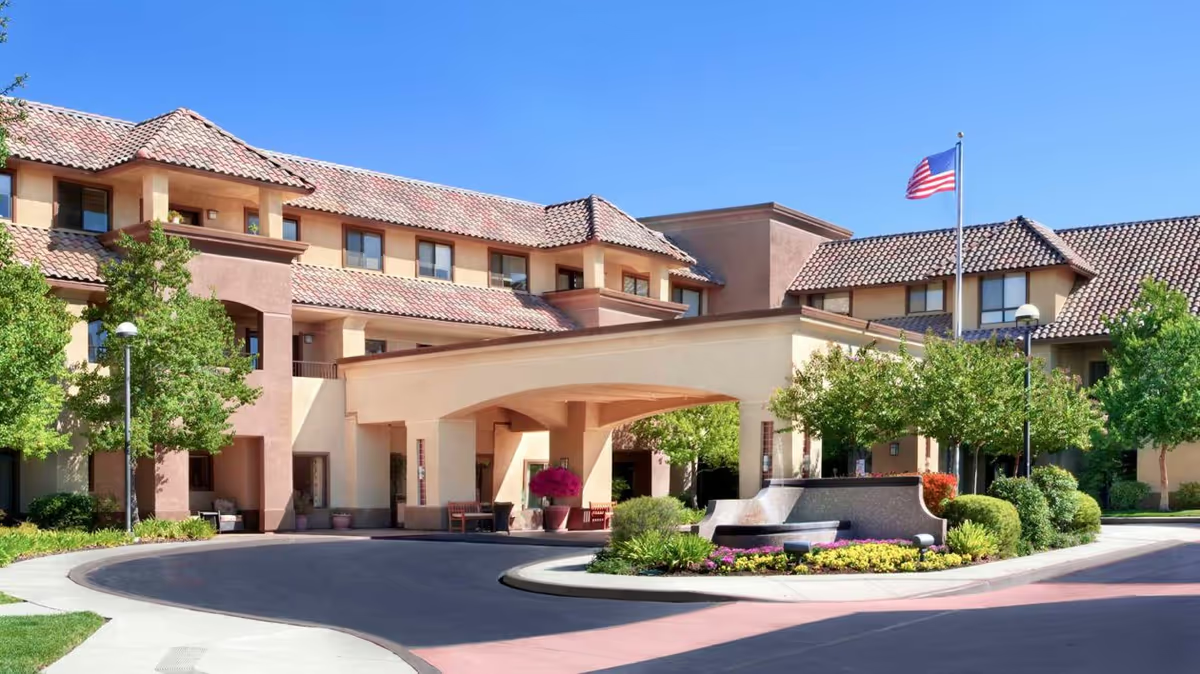Overall sentiment in the reviews is mixed but leans positive: many families describe Cedar Crest Alzheimer's Special Care Center as a clean, home‑like memory care community with warm common spaces, compassionate staff, and a reassuring program of activities. Frequent praises highlight a friendly, caring team of caregivers and nurses, thoughtfully arranged communal areas (fireside rooms, sunny atrium, manicured courtyard, garden), and a sense that residents are engaged through music, outings, and daily programming. Multiple reviewers explicitly recommend the facility, citing long‑tenured staff, proactive family communication, on‑site services (visiting providers, hospice), and amenities such as a beauty shop, library, and multiple lounges.
Care quality and staff behavior are two of the most commonly discussed themes. Many families report attentive, knowledgeable, and compassionate caregivers who form meaningful bonds with residents, provide personalized care, and check in regularly with families. Several reviews note that staff go beyond expectations (celebrating birthdays, playing piano, staying connected with families) and that nurses and management are responsive and communicative. Conversely, a notable subset of reviews recount periods of understaffing, rising staff turnover, and leadership changes that coincided with declines in care. These concerns include reports of multiple falls, instances where staff allegedly failed to summon emergency services, and episodes where residents were missed at mealtimes. The result is a split impression: where staffing is stable and experienced, care is highly praised; where turnover and shortages occur, families report serious lapses.
Facility and environment receive consistently positive comments. Reviewers describe a well‑kept, clean, and cheerful setting with comfortable, homey decor, large windows, and many places for residents and families to gather. The presence of distinct sections for different levels of memory care, ground‑floor design without stairs, secure building layout, and onsite health‑related services are all seen as strong points. Some reviewers call the building a bit older and note that certain furnishings or rooms need updating; others say the organization keeps older spaces well maintained. A recurring operational critique is that the community can be spread out or have several dining/common areas, which some family members feel may be confusing for residents with advanced dementia.
Dining and activities are highlighted as strengths for many residents. Numerous comments praise the quality, variety, and taste of meals, with several families noting fresh vegetables and appealing entrees. Activities programming is frequently mentioned as robust—exercise, music, outings, and social events are common—although a few families would like to see even greater encouragement for certain residents to participate. Negative dining notes are relatively minor but include mentions of cafeteria‑style service being less desirable for some, isolated reports of poor meal quality (e.g., lumpy potatoes), and isolated incidents where residents missed meals during crisis staffing situations.
Management, communication, and safety show a bifurcated pattern in the reviews. Many families report proactive, clear communication—regular updates, prompt incident calls, and management that responds to questions—contributing to trust in care. Other reviewers describe poor communication, delayed or insufficient explanations after incidents, and managerial tolerance of problematic staff behavior. The COVID period is a recurring flashpoint: several reviewers described a chaotic outbreak, poor protocols, and subsequent staffing shortfalls that had tangible negative effects on resident care (missed meals, crowding, mishandled belongings). Safety concerns such as multiple falls and overcrowding are serious issues raised by several families and should be carefully investigated by prospective families.
Taken together, the pattern suggests Cedar Crest offers many of the features families seek in a memory care community—compassionate caregivers, a comfortable and engaging environment, onsite services, and active programming—while also having episodic and potentially serious operational weaknesses tied to staffing, management, and crisis response. The most consistent strengths in the reviews are staff compassion, facility ambiance, activities, and the availability of supportive services; the most consistent risks are intermittent understaffing, turnover, communication breakdowns, and safety incidents during problem periods.
Recommendations for prospective families based on the reviews: visit multiple times (including mealtimes and activity periods), observe staff presence on the units, ask for current staffing ratios and turnover statistics, request details on incident and emergency protocols (including EMS policies), inquire about COVID and infection‑control policies, ask how the facility handles transitions in leadership, and check recent references from current families. Also inspect shared rooms and furnishings, and ask about plans for updates or renovations. These focused questions and observations will help determine whether the community is currently operating in the positively described, well‑staffed mode or whether it is experiencing the problematic staffing/management issues reported by some reviewers.
